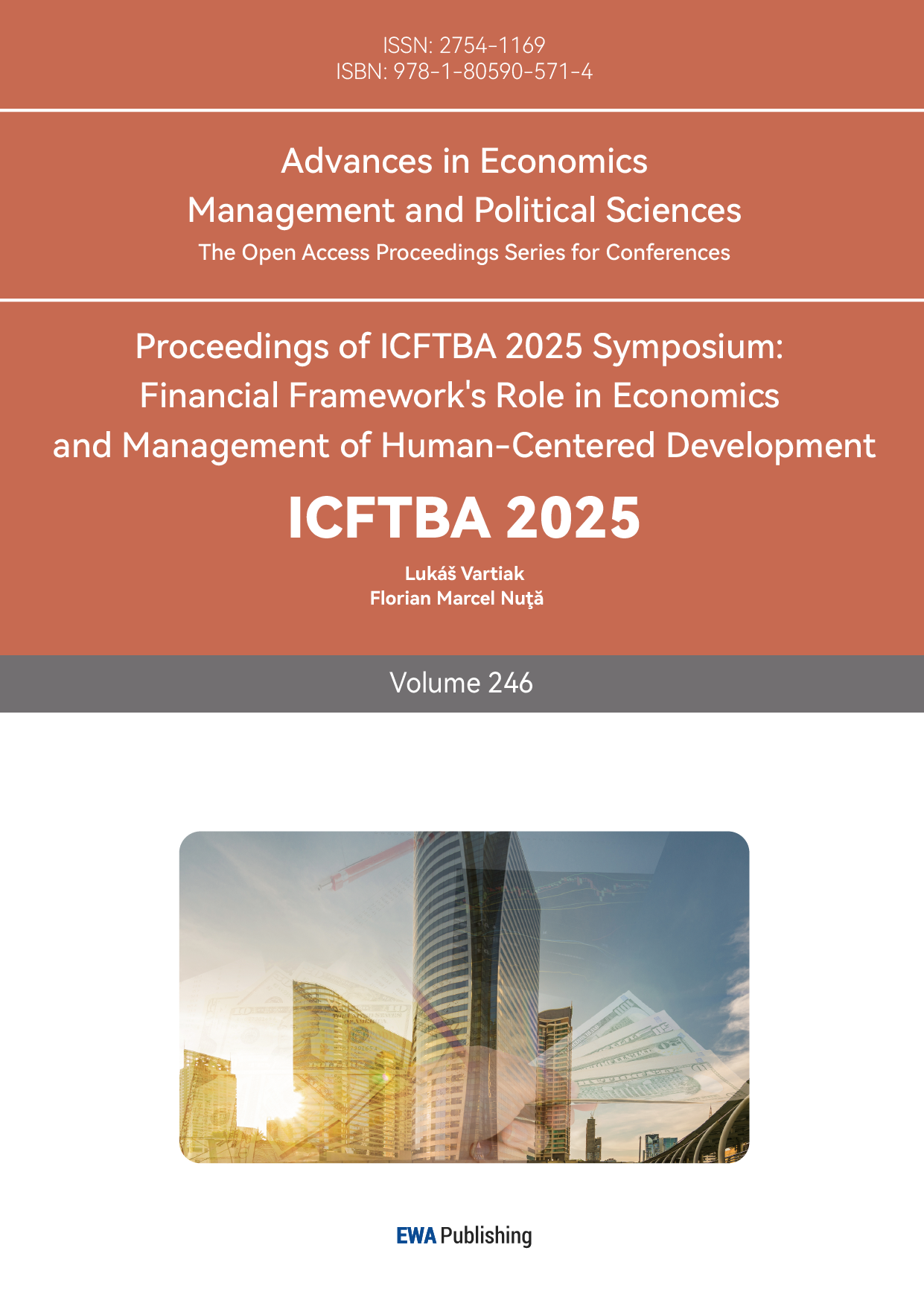References
[1]. Hull, J. (2015). Options, Futures, and Other Derivatives. Pearson Education.
[2]. Bampou, D., & Dufresne, D. (2008). Numerical pricing of chooser options. Applied Mathematical Finance, 15(5–6), 425–439.
[3]. Cox, J. C., Ross, S. A., & Rubinstein, M. (1979). Option pricing: A simplified approach. Journal of Financial Economics, 7(3), 229–263.
[4]. Black, F., & Scholes, M. (1973). The pricing of options and corporate liabilities. Journal of Political Economy, 81(3), 637–654.
[5]. Reiner, E., & Rubinstein, M. (1991). Breaking down the barriers. Risk Magazine, 4(8), 28–35.
[6]. Longstaff, F. A., & Schwartz, E. S. (2001). Valuing American options by simulation: A simple least-squares approach. Review of Financial Studies, 14(1), 113–147.
[7]. Martinkute-Kauliene, R. (2012). Exotic options: A chooser option and its pricing. Business, Management and Education, 10(2), 289–301.
[8]. Detemple, J., & Emmerling, T. (2009). American chooser options. Journal of Economic Dynamics and Control, 33(1), 128–153. https://doi.org/10.1016/j.jedc.2008.05.004
[9]. Qiu, S., & Mitra, S. (2018). Mathematical properties of American chooser options. International Journal of Theoretical and Applied Finance, 21(8), 1850062. https://doi.org/10.1142/S0219024918500620
[10]. Amin, K., & Khanna, A. (1994). Convergence of American option values from discrete to continuous time financial models. Mathematical Finance, 4(4), 289–304.
[11]. Hutchinson, J. M., Lo, A. W., & Poggio, T. (1994). A nonparametric approach to pricing and hedging derivative securities via learning networks. The Journal of Finance, 49(3), 851–889. https://doi.org/10.1111/j.1540-6261.1994.tb00083.x
[12]. Ruf, J., & Wang, W. (2020). Neural networks for option pricing and hedging: A literature review. arXiv preprint arXiv:1911.05620.
[13]. Cox, J. C., & Ross, S. A. (1976). The valuation of options for alternative stochastic processes. Journal of Financial Economics, 3(1–2), 145–166. https://doi.org/10.1016/0304-405X(76)90023-4
[14]. Sharma, B., Thulasiram, R. K., & Thulasiraman, P. (2013). Normalized particle swarm optimization for complex chooser option pricing on graphics processing unit. The Journal of Super-computing, 66(1), 170–192. https://doi.org/10.1007/s11227-013-0935-7
[15]. Barria, J., & Hall, S. (2002). A non-parametric approach to pricing and hedging derivative securities: With an application to LIFFE data. Computational Economics, 19(3), 303–322. https://doi.org/10.1023/A:1015291711614
[16]. Rubinstein, M. (1991). Comments on the Black–Scholes option-pricing model.Financial Analysts Journal, 47(1), 79–88.
[17]. Merton, R. C. (1976). Option pricing when underlying stock returns are discontinuous. Journal of Financial Economics, 3(1–2), 125–144.



